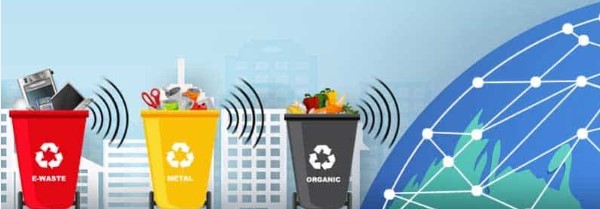Innovative Waste Solutions: Shaping a Cleaner, Smarter Future
As the global population grows and urban areas expand, waste generation has reached alarming levels. From plastic pollution in oceans to overflowing landfills in cities, the world is in urgent need of smarter, more sustainable waste management practices. Fortunately, innovation is rising to the challenge. In this blog, we’ll explore some of the most promising and creative waste solutions transforming our approach to environmental protection.
🌱 1. Waste-to-Energy (WTE) Technologies
What is it?
Waste-to-energy is a process that converts non-recyclable waste materials into usable forms of energy—such as electricity, heat, or fuel—through methods like combustion, gasification, or pyrolysis.
Why it matters:
- Reduces volume of waste in landfills
- Produces clean energy
- Lowers greenhouse gas emissions from decomposing waste
Real-life example:
Sweden is a global leader in WTE. The country recycles nearly 99% of its waste, and imports trash from other countries to power its high-tech WTE plants.
♻️ 2. Plastic-Eating Microorganisms
What is it?
Scientists have discovered certain bacteria and fungi that can break down plastic into harmless byproducts, such as water and carbon dioxide.
Why it matters:
- Tackles the problem of microplastic pollution
- Offers a biodegradable alternative to traditional plastic disposal
- Can be integrated into waste treatment facilities
Real-life example:
In Japan, Ideonella sakaiensis bacteria was found to naturally decompose PET plastic—commonly used in water bottles.
🏗️ 3. Eco-Bricks and Waste-Based Construction
What is it?
Eco-bricks are building materials made by compressing plastic waste into bottles or combining other waste with binding agents like cement.
Why it matters:
- Repurposes non-biodegradable waste
- Creates affordable housing materials
- Encourages community involvement in waste reduction
Real-life example:
In the Philippines and parts of Africa, communities build schools, benches, and homes using eco-bricks, turning trash into infrastructure.
🤖 4. AI-Powered Smart Bins
What is it?
Smart bins use artificial intelligence to identify, sort, and manage waste more efficiently. They can alert sanitation services when full or provide data analytics to improve waste collection.
Why it matters:
- Reduces human error in waste sorting
- Boosts recycling rates
- Saves time and labor costs
Real-life example:
Companies like Bin-e have developed smart bins used in airports and offices that automatically sort paper, plastic, and metal waste.
🚛 5. Circular Economy Models
What is it?
Instead of the traditional “take-make-dispose” system, a circular economy keeps resources in use for as long as possible through reuse, recycling, and regeneration.
Why it matters:
- Reduces dependency on raw materials
- Encourages product longevity and sustainable design
- Promotes innovation in manufacturing and packaging
Real-life example:
Patagonia, a clothing company, uses recycled materials for products and offers repair services to extend product life.
🧪 6. Bio-Enzymatic Cleaners and Digesters
What is it?
These are natural, enzyme-based solutions that break down organic waste, grease, and grime in an eco-friendly way.
Why it matters:
- Non-toxic and biodegradable
- Safe for humans and the environment
- Ideal for food waste and sewage treatment
Real-life example:
Hotels and restaurants are increasingly using bio-digesters to convert kitchen waste into greywater or compost.
🧠 7. Behavioral Change Through Gamification
What is it?
Using game design elements (like points, rewards, and challenges) in waste management apps or community programs to motivate responsible behavior.
Why it matters:
- Makes waste reduction fun and engaging
- Raises awareness, especially among youth
- Encourages long-term habit change
Real-life example:
Apps like Litterati gamify trash collection by letting users photograph and track litter they clean up, building a global movement of change.
Conclusion: The Future Is in Our Hands
Innovative waste solutions are no longer just ideas—they’re real-world practices making a difference every day. But technology alone isn’t enough. Governments, industries, and individuals must work together to adopt these solutions and invest in a cleaner, more sustainable planet.
As citizens, we can contribute by:
- Reducing single-use products
- Supporting eco-conscious brands
- Segregating waste properly at home
- Encouraging local innovation
Together, through awareness and action, we can turn the waste crisis into a sustainability success story.
